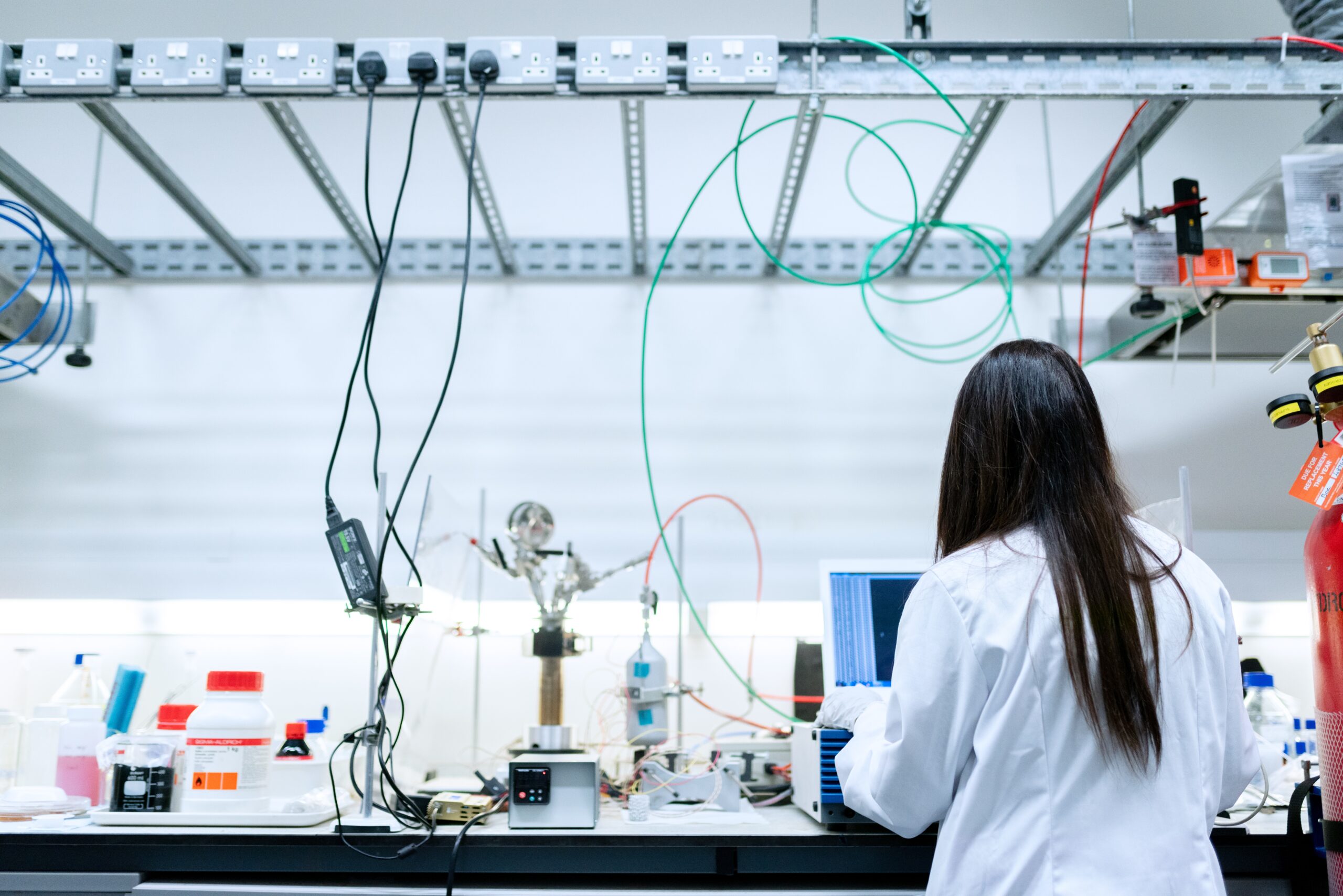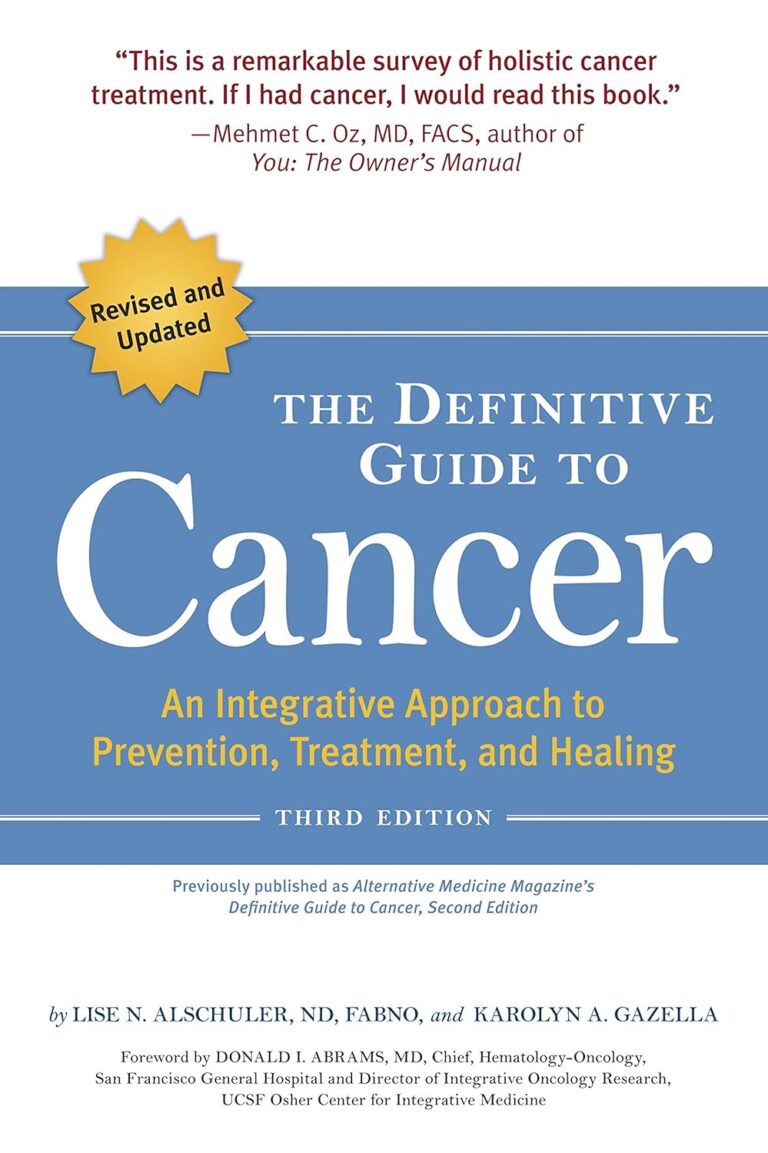Regulatory science stands at the forefront of ensuring the safety, performance, and efficacy of pharmaceuticals and medical devices. It is a dynamic field that encompasses a wide array of technical foundations, processes, methods, and tools. Let’s delve into the intricate world of regulatory science and understand how it shapes the standards that govern the healthcare landscape.

Foundations Built on Precision and Expertise
At its core, regulatory science relies on robust technical foundations. These foundations are crafted from a synthesis of basic and applied biomedical and social sciences. This unique blend ensures a comprehensive understanding of the intricate relationship between healthcare products and the well-being of individuals.
Navigating the Regulatory Landscape: Processes Unveiled
The development of regulatory requirements is a meticulous process, and regulatory science plays a pivotal role in its orchestration. From defining safety parameters to establishing performance benchmarks, the processes involved are crucial in formulating standards that resonate with the ever-evolving healthcare landscape.
Crafting Standards: The Art and Science of Regulatory Methods
Methods employed in regulatory science are diverse and adaptable. From statistical analyses to risk assessments, these methods are the backbone of formulating standards that safeguard consumers. Real-world examples underscore the effectiveness of these methods in ensuring the safety and efficacy of medical products.
Tools of the Trade: Precision in Evaluation
Regulatory scientists wield a variety of tools to assess the safety, performance, and efficacy of pharmaceuticals and medical devices. These tools, ranging from advanced technologies to comprehensive databases, empower regulatory bodies to make informed decisions that directly impact public health.
Safety First: Regulatory Science’s Paramount Role
Ensuring safety is the cornerstone of regulatory science. Through rigorous evaluations and adherence to defined standards, regulatory science acts as a guardian, ensuring that healthcare products meet the stringent safety requirements before reaching consumers.
Performance Excellence: A Symphony Conducted by Regulatory Standards
Regulatory science isn’t merely about safety; it’s also about enhancing the performance of medical products. By setting standards that demand excellence, regulatory science contributes to the development of products that go beyond expectations.
Decoding Efficacy: The Regulatory Science Seal of Approval
The efficacy of medical products is a critical aspect of regulatory science. Through exhaustive testing and analysis, regulatory scientists ascertain the efficacy of products, providing consumers with the assurance that what they’re using is not just safe but also effective.
Harmony of Biomedical and Social Sciences
The integration of biomedical and social sciences is a distinctive feature of regulatory science. This interdisciplinary approach ensures that regulatory standards not only meet technical requirements but also consider the social implications of healthcare products.
From Past to Present: The Evolution of Regulatory Standards
Regulatory standards have come a long way, evolving with advancements in science and technology. This journey, marked by milestones and breakthroughs, showcases the continuous effort to adapt and improve regulatory requirements.
Navigating Challenges: The Everest of Regulatory Science
Despite its pivotal role, regulatory science faces challenges. From rapidly evolving technologies to the emergence of new health threats, navigating these challenges requires resilience and a commitment to upholding the highest standards in healthcare.
Innovation: A Catalyst for Regulatory Advancement
Innovation is the driving force behind regulatory science’s ability to adapt and evolve. From novel methodologies to groundbreaking technologies, innovation is key to addressing emerging issues and ensuring regulatory standards stay ahead of the curve.
Global Impact: Beyond Borders, Beyond Boundaries
Regulatory science knows no borders. Collaborative efforts on a global scale are essential in establishing unified standards that transcend geographical boundaries. The shared responsibility of ensuring global health underscores the interconnected nature of regulatory science.
Future Trends: Paving the Way Forward
As we gaze into the future, several trends are shaping the landscape of regulatory science. From embracing digital technologies to addressing emerging health challenges, the future promises a dynamic and ever-evolving regulatory environment.
Conclusion: A Secure Future Through Regulatory Vigilance
In conclusion, regulatory science is the linchpin in the realm of healthcare standards. Its ability to adapt, innovate, and collaborate on a global scale ensures that the products we rely on for our well-being adhere to the highest standards. The journey towards a safer, more effective healthcare future is guided by the meticulous work of regulatory scientists.
Frequently Asked Questions
- What is the primary role of regulatory science?
Regulatory science plays a crucial role in developing the technical foundations, processes, and tools that formulate regulatory requirements, ensuring the safety, performance, and efficacy of pharmaceuticals and medical devices.
- How does regulatory science contribute to global health?
Regulatory science transcends borders by fostering collaborative efforts and establishing unified standards on a global scale, contributing to the overall improvement of global health.
- What challenges does regulatory science face?
Regulatory science faces challenges such as rapidly evolving technologies, emerging health threats, and the need to navigate a complex regulatory landscape to uphold the highest standards in healthcare.
- Why is innovation essential in regulatory science?
Innovation is essential in regulatory science as it drives the development of novel methodologies and technologies, allowing the field to adapt to emerging issues and stay ahead of the curve in regulatory standards.
- How has regulatory science evolved over time?
Regulatory science has evolved with advancements in science and technology, marked by milestones and breakthroughs that showcase the continuous effort to adapt and improve regulatory requirements.

















Comments
Thank you. Comment sent for approval.
Something is wrong, try again later